Cotton has permeated all areas of life from home décor to fashion. The similarities between handwoven and mill-made cotton can fool even the most seasoned buyers. For people looking to support artisan-led handmade cotton manufacturers, there are several characteristics that can help you to distinguish between handwoven cotton fabric and mill-made cotton fabric. Here are some key differences to look for:
-
Texture: Handwoven cotton fabric tends to have a more irregular, uneven texture than mill-made fabric. This is because it is made by hand, using a loom or frame, rather than being produced by a machine.
-
Weave: The weave of handwoven cotton fabric is typically more varied and complex than the weave of mill-made fabric. This is because handweavers can create more intricate patterns and designs using a loom, whereas mill-made fabric is produced using a machine that creates a more uniform weave.
-
Finish: Handwoven cotton fabric may have a rougher, more rustic finish than mill-made fabric, due to the natural variations that occur when it is made by hand. Mill-made fabric is typically finished more smoothly, with fewer imperfections.
-
Color: The color of handwoven cotton fabric may be slightly more muted or varied than the color of mill-made fabric. This is because handweavers often use natural dyes, which can produce softer, more subtle shades than synthetic dyes.
-
Price: Handwoven cotton fabric is often more expensive than mill-made fabric, due to the time and skill involved in its production.
By considering these factors, you can better recognize the difference between handwoven and mill-made cotton fabric. Handwoven cotton fabric is prized for its unique texture, weave, and finish, as well as its sustainability and craftsmanship.

